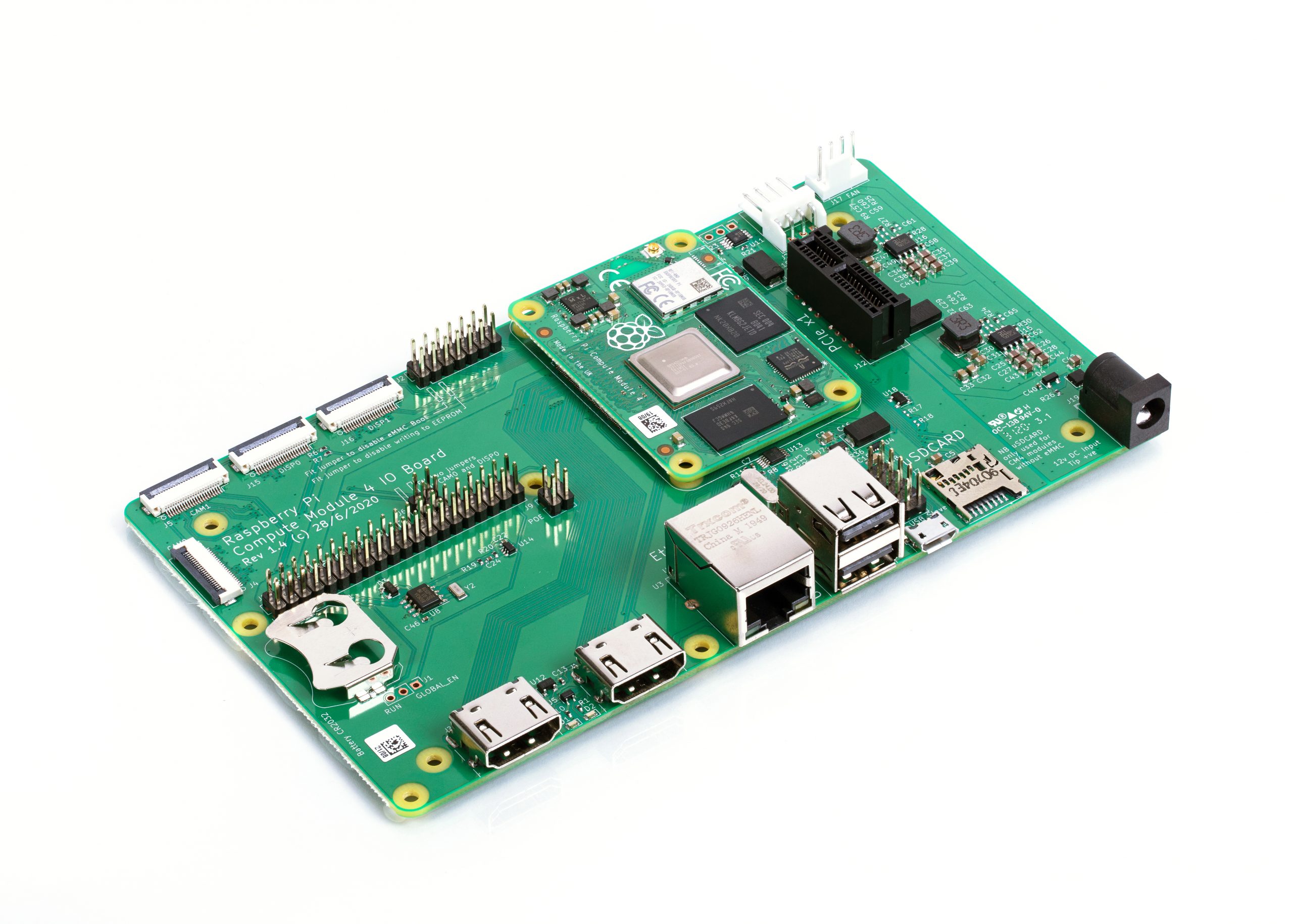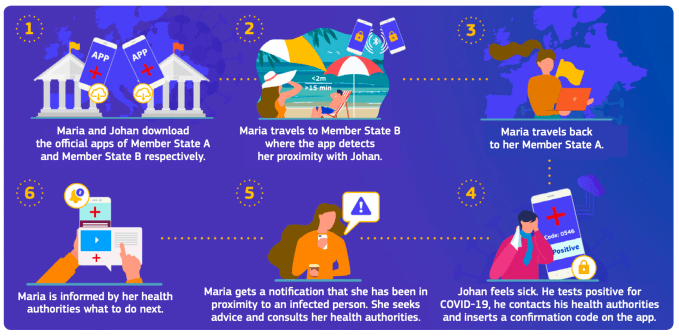Today Juniper Networks announced it was acquiring smart wide area networking startup 128 Technology for $450 million.
This marks the second AI-fueled networking company Juniper has acquired in the last year and a half after purchasing Mist Systems in March 2019 for $405 million. With 128 Technology, the company gets more AI SD-WAN technology. SD-WAN is short for software-defined wide area networks, which means networks that cover a wide geographical area such as satellite offices, rather than a network in a defined space.
Today, instead of having simply software-defined networking, the newer systems use artificial intelligence to help automate session and policy details as needed, rather than dealing with static policies, which might not fit every situation perfectly.
Writing in a company blog post announcing the deal, executive vice president and chief product officer Manoj Leelanivas sees 128 Technology adding great flexibility to the portfolio as it tries to transition from legacy networking approaches to modern ones driven by AI, especially in conjunction with the Mist purchase.
“Combining 128 Technology’s groundbreaking software with Juniper SD-WAN, WAN Assurance and Marvis Virtual Network Assistant (driven by Mist AI) gives customers the clearest and quickest path to full AI-driven WAN operations — from initial configuration to ongoing AIOps, including customizable service levels (down to the individual user), simple policy enforcement, proactive anomaly detection, fault isolation with recommended corrective actions, self-driving network operations and AI-driven support,” Leelanivas wrote in the blog post.
128 Technologies was founded in 2014 and raised over $97 million, according to Crunchbase data. Its most recent round was a $30 million Series D investment in September 2019 led by G20 Ventures and The Perkins Fund.
In addition to the $450 million, Juniper has asked 128 Technology to issue retention stock bonuses to encourage the startup’s employees to stay on during the transition to the new owners. Juniper has promised to honor this stock under the terms of the deal. The deal is expected to close in Juniper’s fiscal fourth quarter subject to normal regulatory review.








